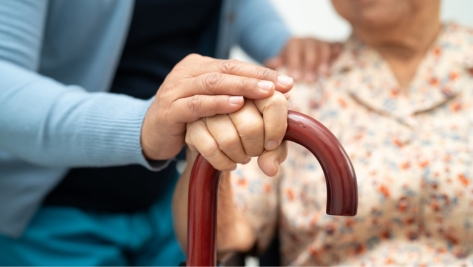The Rehabilitation Code 2015

1 December 2015 sees the launch of the third version of the voluntary rehabilitation code for injury claims, some 16 years on from the first code. The code is aimed at promoting a deepened collaborative approach between lawyers and insurers, with the shared goal of moving the injured person towards recovery and if at all possible, a return to work as quickly as possible.
The Code sets at its heart the importance of recognising early intervention. It remains a voluntary code, but solicitors representing injured people are now expected to consider rehabilitation needs in every claim and where rehabilitation may be beneficial, to notify the insurers at the earliest possible stage. Similarly, insurers are expected to consider the ethos behind the code and to consider as soon as a claim is notified whether an admission, at least in part, is likely, even if later on in the claim, so as to not compromise the potential benefits of rehabilitation at an early stage.
An important change in the code is that it now recognises the differing dynamics between lower value claims (those where the award is likely to be less than £25,000) and those defined as medium, serious and catastrophic, with a more streamlined approach to lower value claims. However, the code makes clear that every injured person must be considered on their own merits and that the process set out for higher value claims could be appropriate for those claims which may fall at the lowest end. The key is the immediate need of the injured party and the code sets out a clear time frame for early intervention.
The code also recognises the importance of involving a suitably qualified case manager from an early stage to ensure the practical implementation of any recommendations made. The parties are encouraged through the code to work together in order to agree on the nomination of an appropriate case manager and their instruction. A further development in the code is the publication of a guide for case managers.
In addition, regardless of the value of the claim, every claim will be subject to ten “markers” which should be taken into account when assessing rehabilitation needs. Those markers are:-
- Age of the claimant
- Pre-accident physical and psycho-social issues
- Return to work/education
- Dependants living at home
- Geography
- Mental capacity
- Short- and long-term daily living activities
- Realistic goals
- Fatalities/witnessing a major trauma
- How long ago the accident occurred
The working party involved in the development of the new version hope that solicitors and insurers will continue the journey of collaboration which is at the very heart of the code.
* Disclaimer: The information on the Anthony Gold website is for general information only and reflects the position at the date of publication. It does not constitute legal advice and should not be treated as such. It is provided without any representations or warranties, express or implied.*
Please note
The information on the Anthony Gold website is for general information only and reflects the position at the date of publication. It does not constitute legal advice and should not be treated as such. It is provided without any representations or warranties, expressed or implied.

Our Latest Housing & Property Disputes Insights
- November 7, 2025
Residents ordered to leave Sapphire Court amid structural safety fears
- November 3, 2025
Purpose-built student accommodation (PBSA) and the Renters’ Rights Act 2025
- October 29, 2025
Recovering possession of student lettings in the private rented sector following the Renters Rights Act 2025
- October 27, 2025
Royal Assent for residential landlord and tenant reforms
- October 3, 2025
The renters rights bill – Commonly asked questions – Quick Fire Q&A
- September 29, 2025
The Renters’ Rights bill and Awaab’s Law: Increasing responsibility for private landlords
Latest Articles
View allGuide: November 7, 2025
Guide: November 7, 2025
Guide: November 6, 2025
Contact the Conveyancing team today
Contact us today
"*" indicates required fields
Contact the commercial
& civil Dispute team today
"*" indicates required fields
Contact the Conveyancing team today
Contact the Conveyancing team today
Contact the Wills, Trusts
& Estates team today
Contact the Court of
Protection team today
Contact the Employment Law team today
Contact the Clinical Negligence team today
Contact the Family & Relationships team today
Contact the Personal Injury Claims team today
Contact the leasehold & Freehold team today
Contact the Corporate & Commercial team today
Contact the housing & disputes team
"*" indicates required fields













